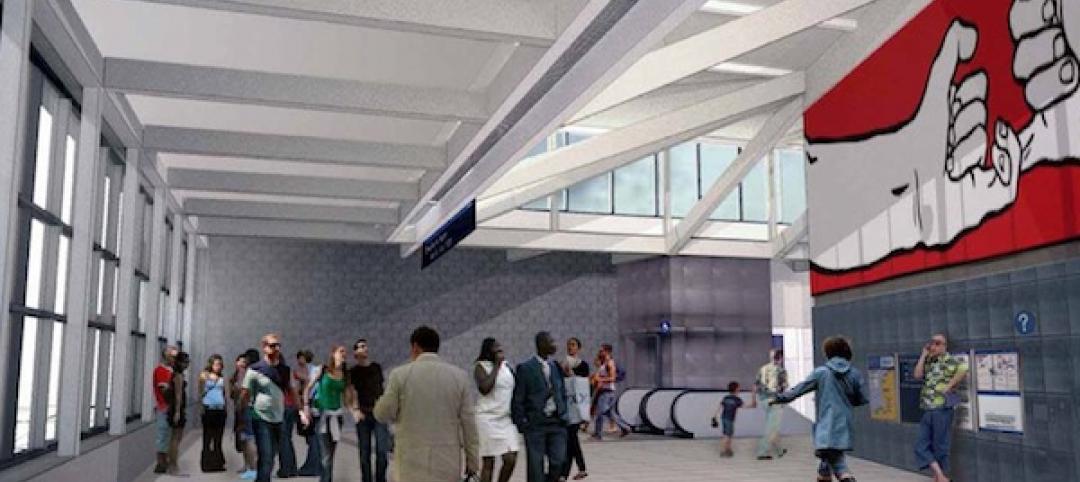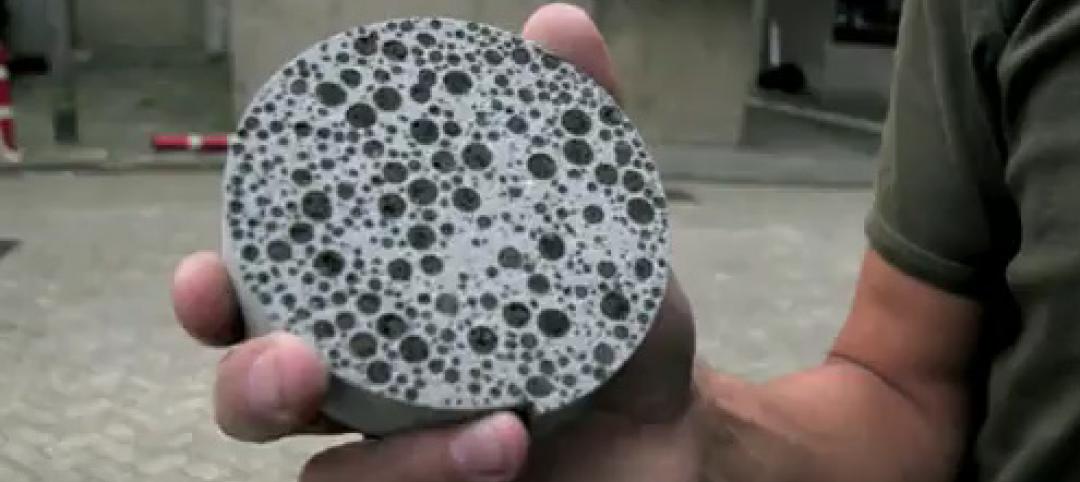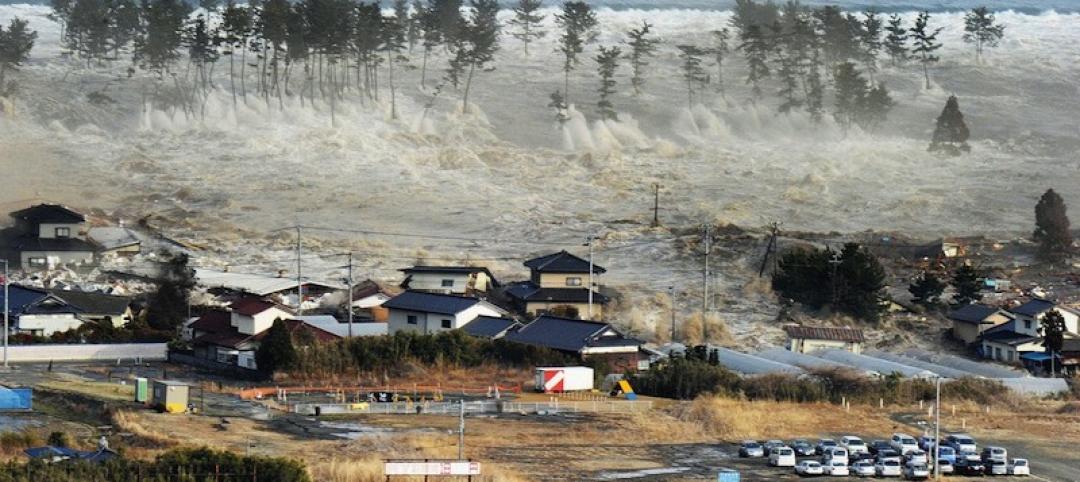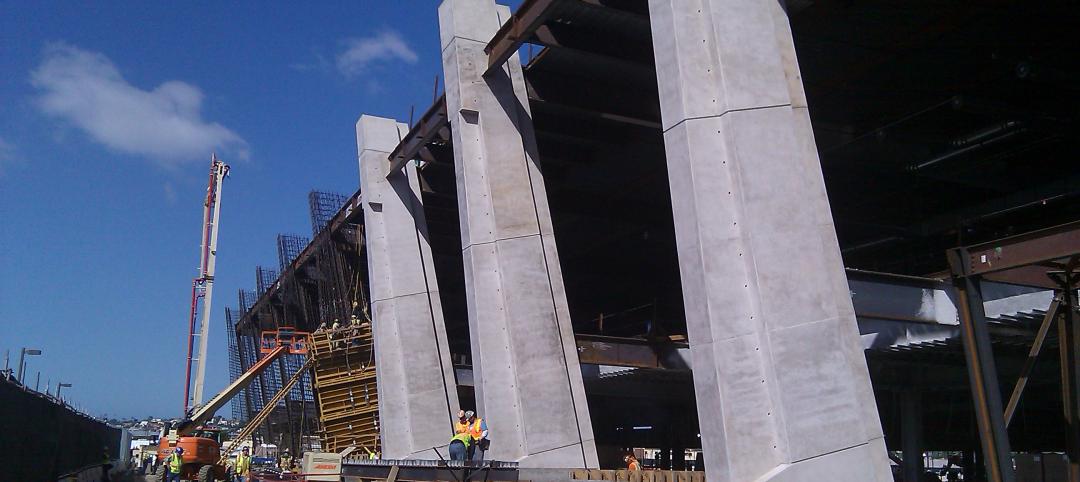Anyone who has driven for any considerable length in bad winter weather has had that moment of panic when one second you feel completely in control of the automobile and the next you feel like a bull rider just trying to hang on for dear life.
Hitting a patch of black ice is scary enough when the outcome is nothing more than a brief moment of wheel spin or slight fishtailing. But the end result to a slippery, snow-covered road can be far worse. From fender benders to fatal accidents, driving in bad winter weather is downright dangerous.
Enter Dr. Chris Tuan, a professor of civil engineering at the University of Nebraska. Tuan has designed a new type of concrete that has the ability to carry a small electric current in order to generate enough heat to melt snow and ice from its own surface, reports the Huffington Post.
The concrete mixture is made up of about 20% steel shavings and carbon particles. This 20% is what allows the concrete to conduct electricity, thus giving it its superpower.
All that needs to be done is to connect the de-icing concrete slabs to a power source and watch them do their job. The electrical resistance in the concrete generates the heat, which in turn melts the snow and ice on its surface.
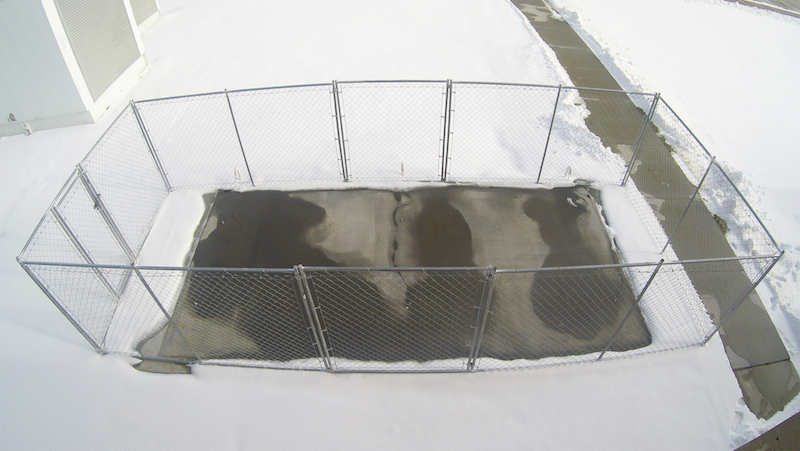 Photo: Chris Tuan and Lim Nguyen
Photo: Chris Tuan and Lim Nguyen
The de-icing concrete doesn’t come without its extra costs, however. While regular concrete costs about $120 per cubic yard, Tuan’s concrete is more than double that, at about $300 per cubic yard. So, at least for the time being, the cost of the concrete means it will be used sparingly and just in the areas that need it most.
“De-icing concrete is intended for icy bridges, street intersections, interstate exit ramps, and where accidents are prone to take place,” said Tuan in an interview with UNL. “It’s not cost-effective to build entire roadways using conductive concrete, but you can use it at certain locations where you always get ice.”
Other possible areas of use would be parking lots and airports. Who hasn’t been walking to their car in the morning, after successfully dragging yourself out of bed, only to take that first step into the parking lot just to have your foot slip right out from under your body? That morning walk to the car in the sub-freezing temperatures would be made at least a little bit better if you didn’t have to do it looking like a fawn learning to walk for the first time.
While airports wouldn’t use the new concrete for their runways, it could still help prevent delays during bad weather.
“What they need is the tarmac around the gated areas cleared, because they have so many carts to unload—luggage service, food service, trash service, fuel service—that all need to get into those areas,” Tuan said. “They said that if we can heat that kind of tarmac, then there would be (far fewer) weather-related delays.”
This concrete technology is already in use in a 150-foot bridge near Lincoln, Neb. In 2002, the bridge was inlaid with 52 slabs of the de-icing concrete and has been very successful in melting snow and ice.
While it has the potential to save lives, this de-icing technology has practical, convenient uses, as well. “I have a patio in my backyard that is made of conductive concrete. So I’m practicing what I preach,” Tuan said.
While snowplows and shovels haven’t been rendered useless yet, this new technology has plenty of benefits to help keep people safe during bad winter weather.
Related Stories
| Apr 19, 2013
Must see: Shell of gutted church on stilts, 40 feet off the ground
Construction crews are going to extremes to save the ornate brick façade of the Provo (Utah) Tabernacle temple, which was ravaged by a fire in December 2010.
| Mar 4, 2013
Legendary structural engineer Gene Corley passes away at 77
CTLGroup, an expert engineering and materials science firm located in Skokie, Illinois, is saddened by the news that W. Gene Corley, Ph.D., S.E., P.E., Senior Vice President, died on March 1, 2013 after a brief battle with cancer.
| Feb 25, 2013
Turner employs rare 'collapsible' steel truss system at Seattle light rail station
To speed construction of the $110 million Capitol Hill Station light-rail station in Seattle, general contractor Turner Construction will use an unusual temporary framing method for the project's underground spaces.
| Feb 22, 2013
Dutch team's 'bioconcrete' can heal itself
Two researchers from Delft Technical University in Holland have developed a self-healing cement that can stop microcracks from forming in concrete.
| Feb 20, 2013
Group of West Coast civil engineers developing building standards for tsunamis
A group of civil engineers from around the western U.S. is developing additions to the building code to address the threat of a tsunami.
| Aug 30, 2012
Holcim (US) announces new Deputy Chief Executive Officer
Ruiz began his career with the Holcim Group in 1986 as electrical supervisor with Holcim Apasco, Mexico, later becoming plant manager.
| Jun 1, 2012
New BD+C University Course on Insulated Metal Panels available
By completing this course, you earn 1.0 HSW/SD AIA Learning Units.
| May 30, 2012
Construction milestone reached for $1B expansion of San Diego International Airport
Components of the $9-million structural concrete construction phase included a 700-foot-long, below-grade baggage-handling tunnel; metal decks covered in poured-in-place concrete; slab-on-grade for the new terminal; and 10 exterior architectural columns––each 56-feet tall and erected at a 14-degree angle.
| May 29, 2012
Reconstruction Awards Entry Information
Download a PDF of the Entry Information at the bottom of this page.
| May 24, 2012
2012 Reconstruction Awards Entry Form
Download a PDF of the Entry Form at the bottom of this page.





